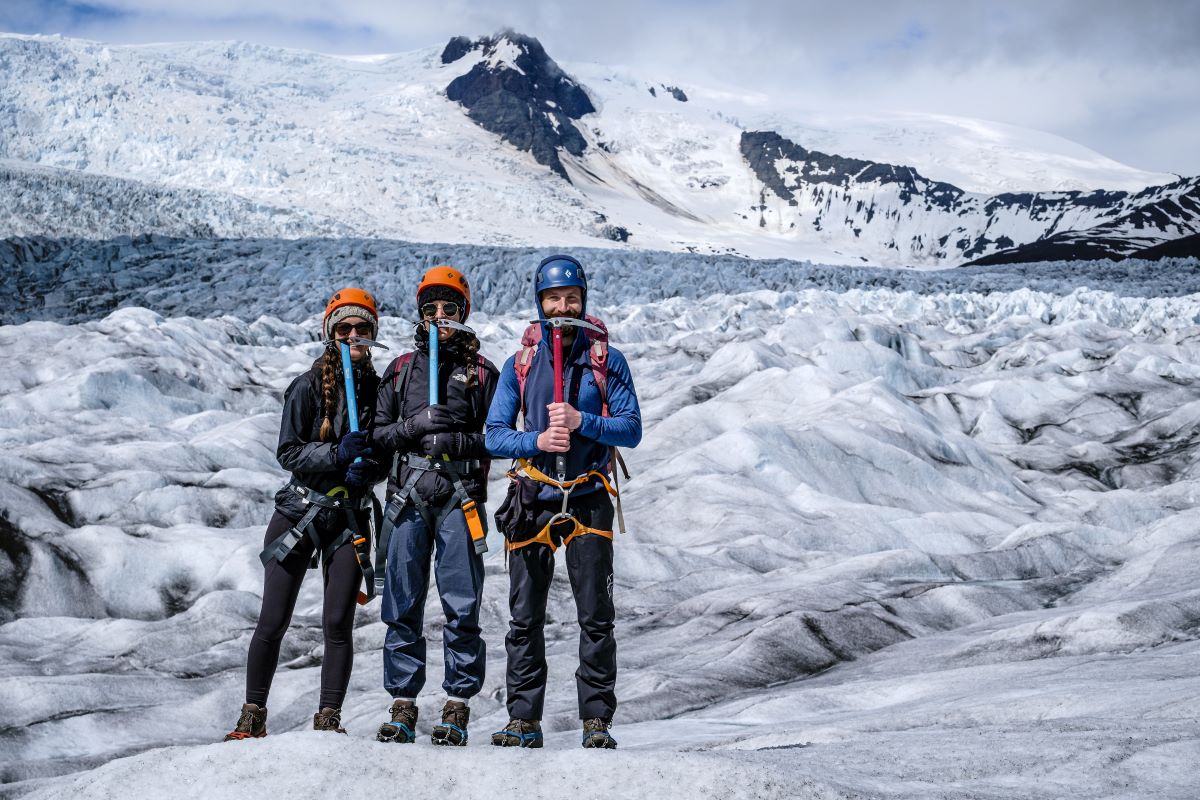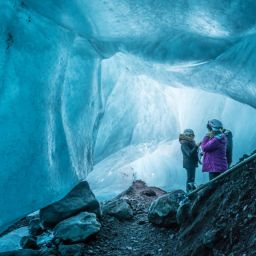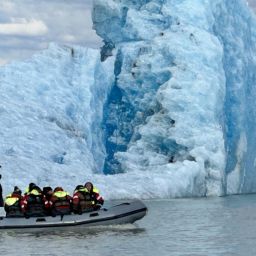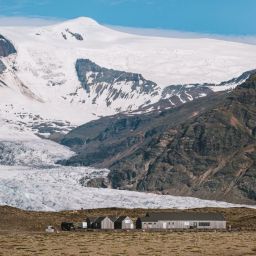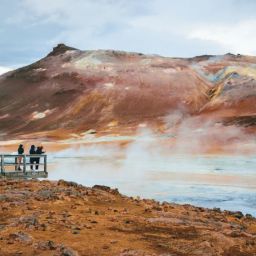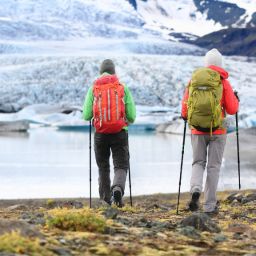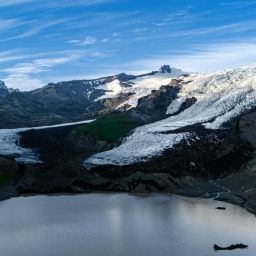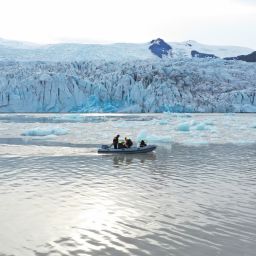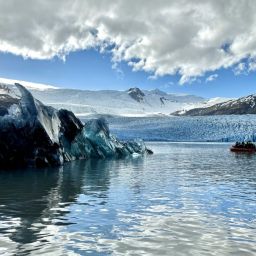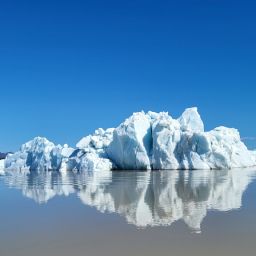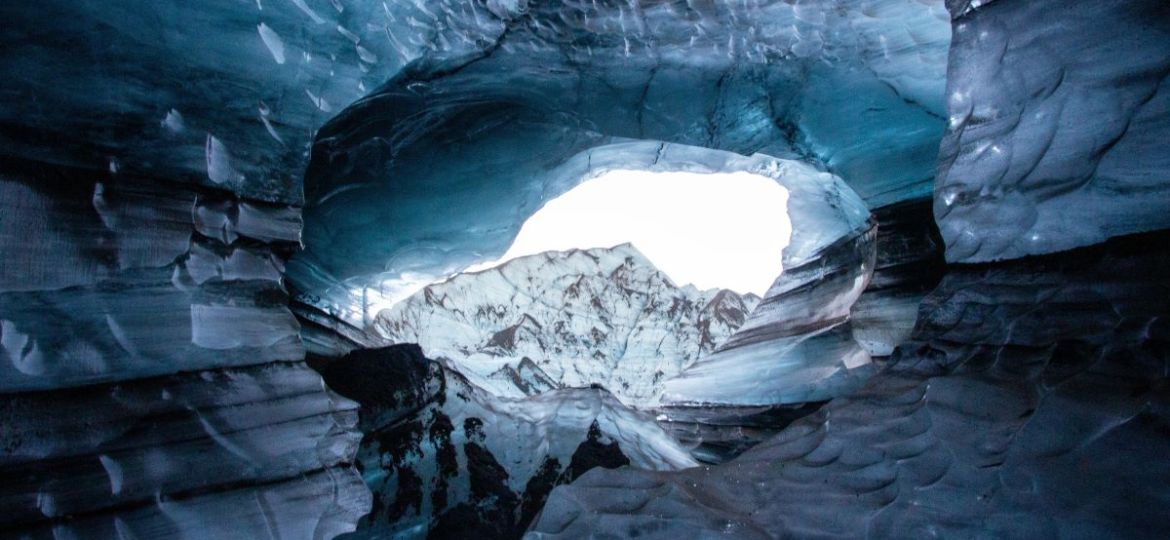
Ice cave tours in Iceland have become increasingly popular among tourists and adventurers, lured by the stunning natural ethereal blue light that filters through the glacial ice into the caves. However, as with any natural wonder, the question of safety is paramount. Understanding the safety of ice caves in Iceland requires considering various factors, including the nature of the caves, environmental conditions, and the importance of guided tours. So, the short answer to that question is YES ice cave tours are safe. Saying that the key to a safe experience lies in preparation, respect for the natural environment, and awareness of the inherent dangers. Please read on for more information about ice cave safety.
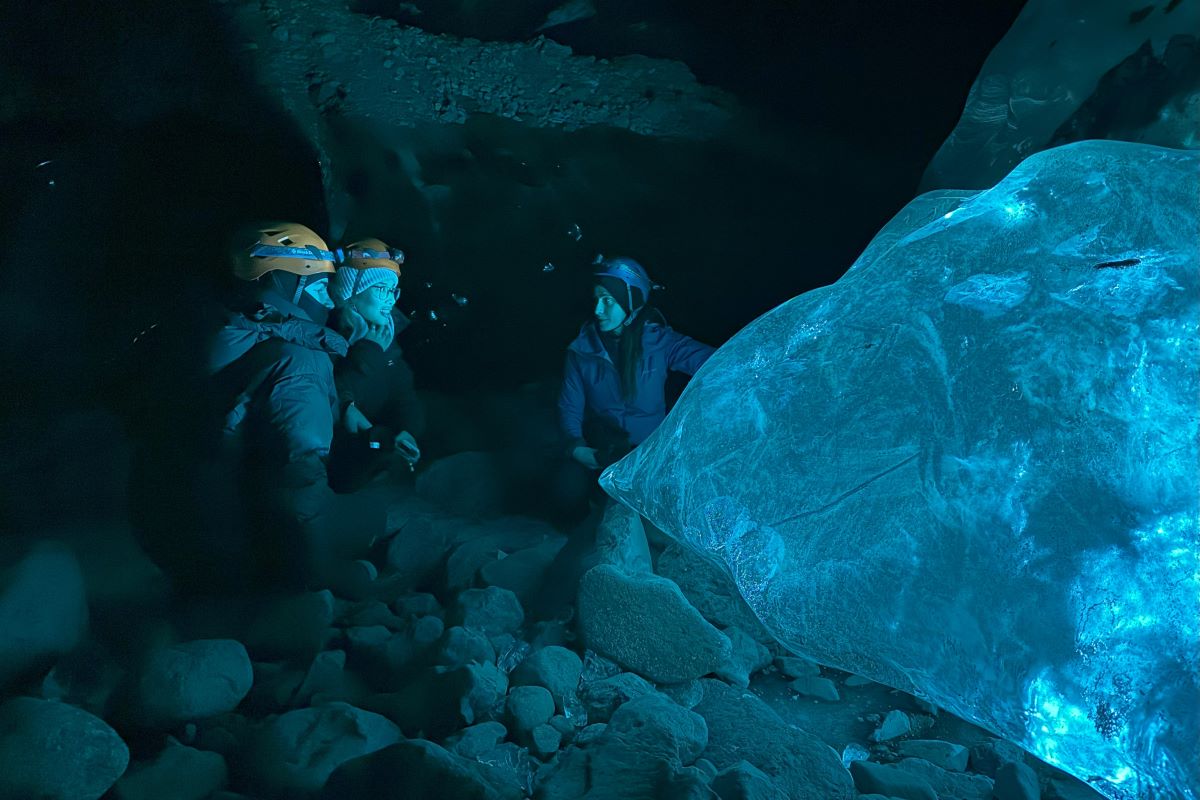
Ice caves and their formation
Ice caves in Iceland are formed within glaciers, primarily due to the melting and refreezing processes. As water flows through the glacier, it carves out tunnels and chambers. Over time, these become the stunning ice caves that attract so many visitors. However, this dynamic nature also makes them unpredictable. The caves are in a constant state of flux, influenced by weather conditions, temperature changes, and the glacier’s movement. These factors can cause ice to crack, caves to collapse, or water levels to rise, posing potential hazards to visitors especially during summer. Therefore, at Fjallsarlon we do not offer ice caves during summer. We start operating ice caves normally in November when temperatures drop, which is the time when tours are safer, and ice caves are in better condition. Joining an ice cave tour in winter is safe if done with certificated experienced glacier guides that know how to read the glacier.
Potential Dangers
Several inherent risks are associated with visiting ice caves in Iceland, mainly due to their natural and ever-changing environment. One of the most significant dangers is the possibility of collapse. Glacier guides are trained to monitor caves and how safe it is to visit them. You are therefore safe on tours that are operated by professionals such as the one we operate from Fjallsarlon basecamp in Breiðarmerkurjökull Glacier, the VATNAJOKULL PREMIUM ICE CAVE TOUR.
Another concern is the risk of flooding. Meltwater can flow through these caves, especially during warmer months or after heavy rainfall. That would normally only lead to the cave being inaccessible at times but then a trusted tour operator would cancel the tour or offer an alternative tour instead such as a glacier hike. Then guests can at least have a glacier experience whilst visiting Iceland. At Fjallsarlon we offer the ARCTIC GLACIER HIKE during summer. If we need to cancel ice cave tours, we always try to find an alternative safe tour to offer our guests, a boat tour in autumn and spring and a glacier hike in autumn, winter and spring.
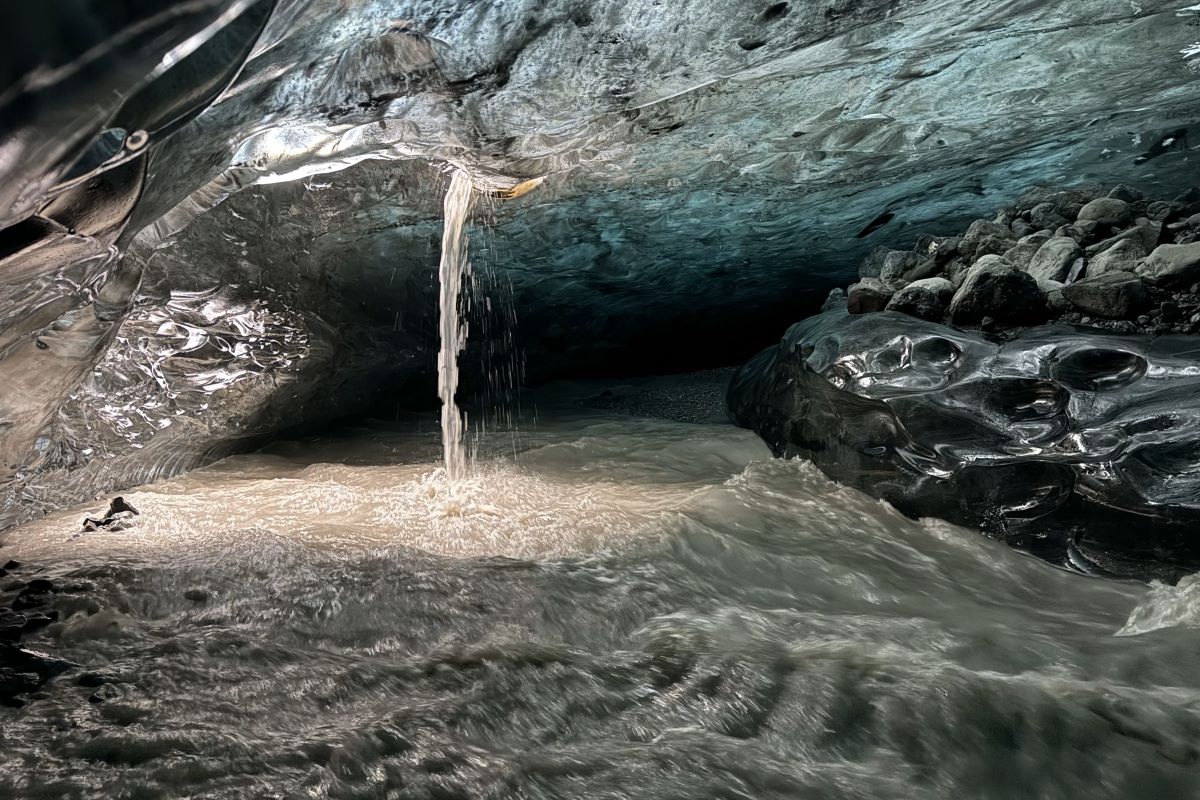
Getting to the ice caves most often involves driving over rough terrain, which can be hazardous, especially in winter. Specialized 4×4 vehicles or jeeps are needed to drive along icy paths, deep snow, and sometimes hidden crevasses that can present additional challenges. Visitors who lack experience, are unfamiliar with these conditions or who do not have proper 4×4 cars or may find themselves in risky situations. We do therefore not recommend travelers to drive on unclear paths or routes to the caves, but rather join a guided tour to avoid troubles on the route.
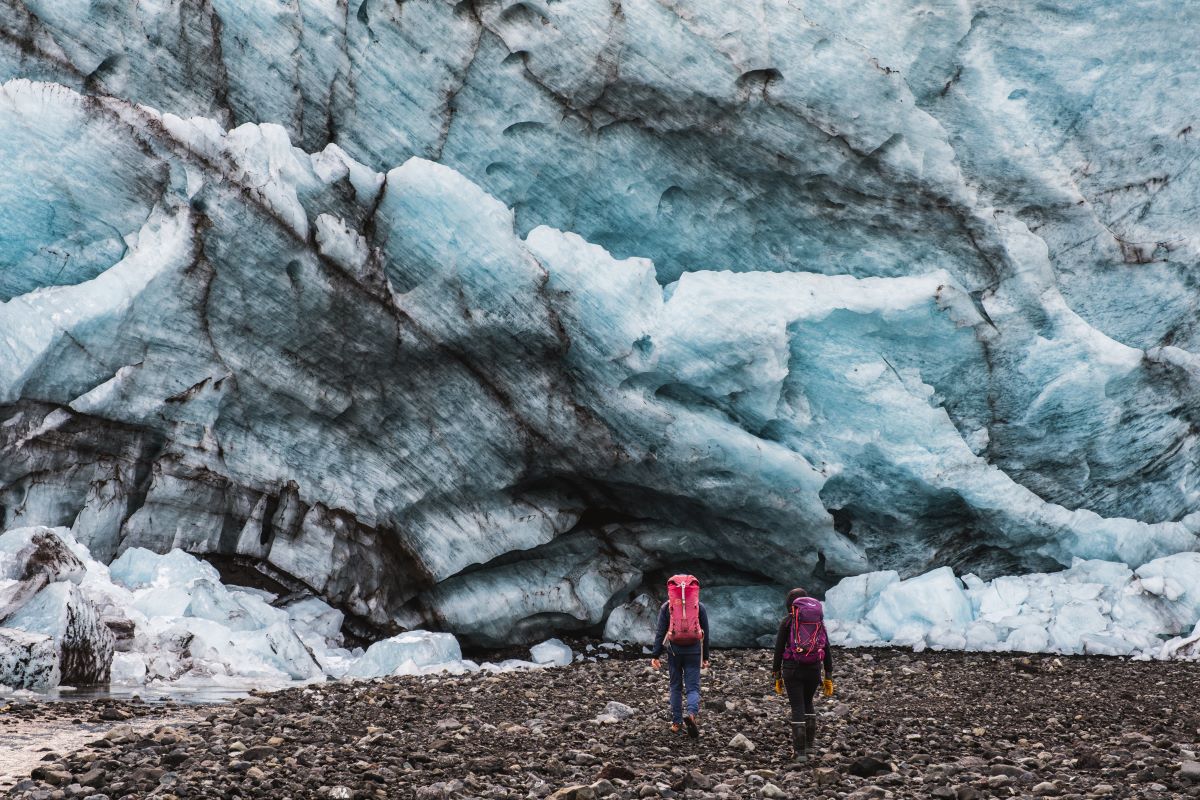
The Importance of Guided Tours
Given these potential hazards, it is strongly recommended that visitors to Iceland’s ice caves only enter with a professional guide. Guided tours are not just about providing information and enhancing the experience; they are crucial for safety. Experienced guides are familiar with the caves’ layout and structure, can assess current conditions, and are trained to recognize signs of danger, such as cracks or weakening ice. They also have the necessary equipment to navigate the terrain safely, including crampons, helmets, and harnesses.
Professional guides also monitor weather conditions and are equipped to make quick decisions if conditions become unsafe. They know when to turn back or avoid certain areas, thus preventing accidents.
Safety Precautions for Visitors
Wearing appropriate clothing and gear is essential, as temperatures inside ice caves can be extremely cold. Proper footwear with a good grip is necessary to navigate slippery surfaces, ice and rocks. Always pay attention to the guides’ instructions and do not stray away from your group.
In conclusion, while ice caves in Iceland are a breathtaking natural wonder, they come with natural risks. The constantly changing nature of glaciers can make the environment unpredictable. However, with the right precautions, primarily by relying on experienced guides and taking safety advice seriously visitors can safely enjoy the magical adventure of visiting Iceland’s ice caves.
